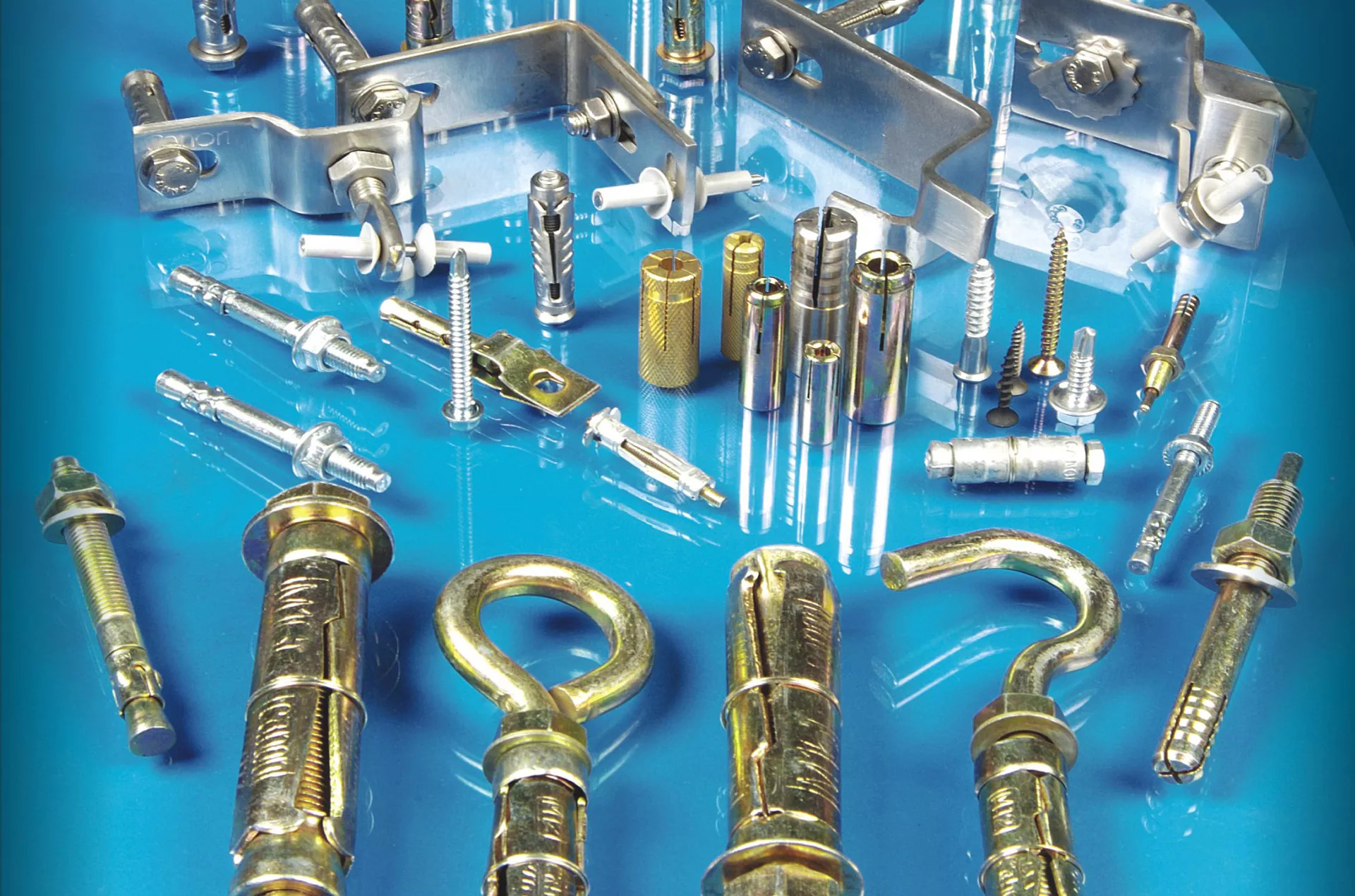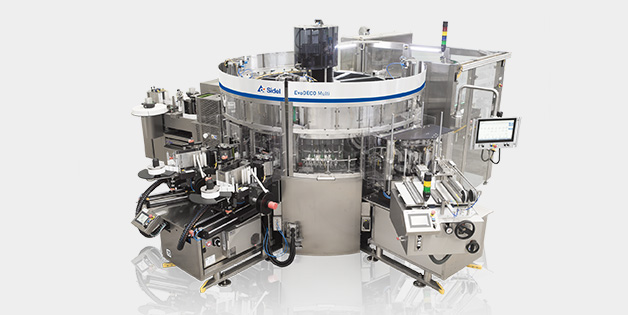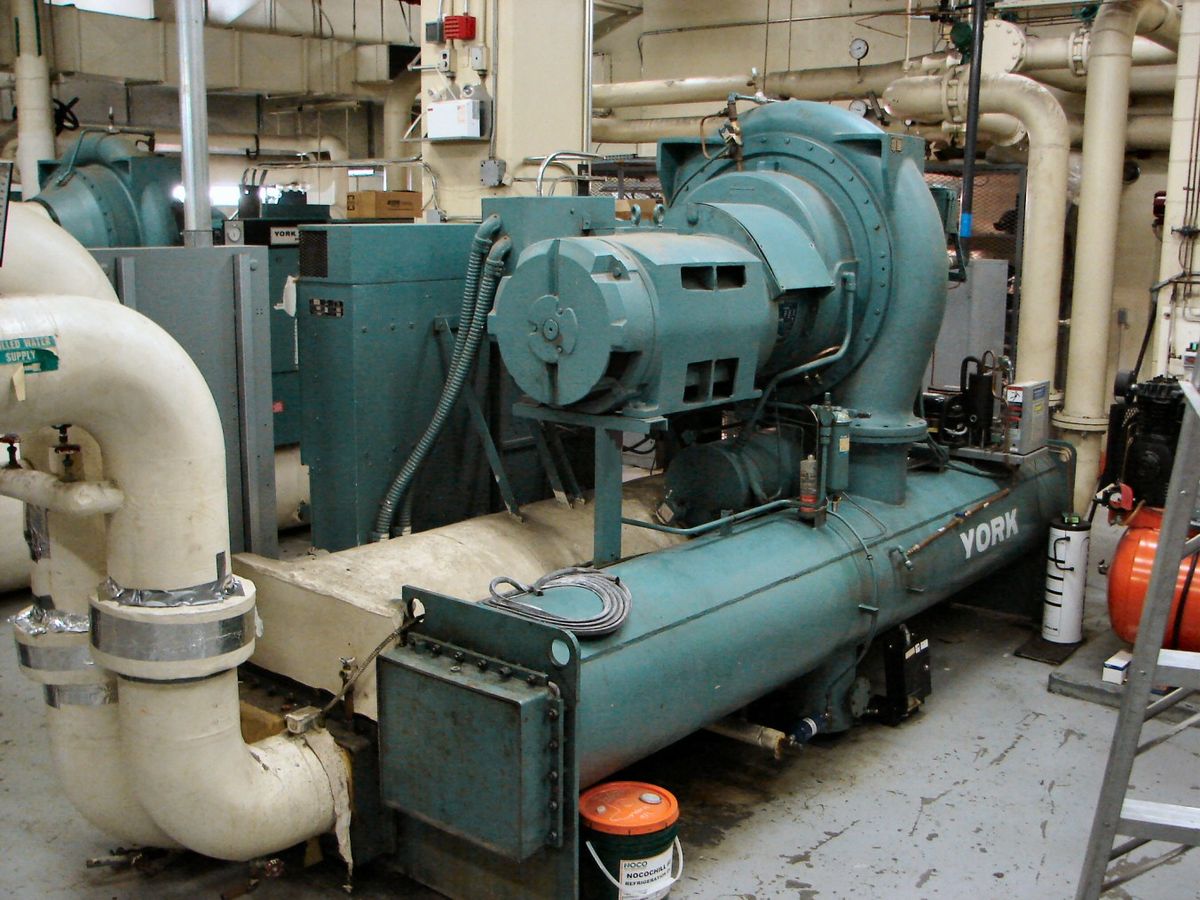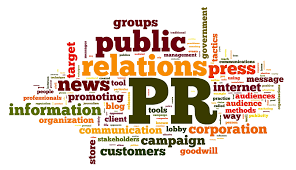Understanding Industrial Chillers
Industrial chillers are specialized equipment designed to cool processes, facilities, and machinery. They are primarily categorized into two types: air-cooled and water-cooled chillers. While both serve the same purpose, they differ in functionality and suitability for specific conditions. These differences are pivotal when selecting the right chiller for your application.
Air-Cooled Chillers
Air-cooled chillers utilize air to extract heat from the refrigerant, relying on fans to circulate air over condenser coils. Typically installed outdoors, they are simpler in design and easier to install compared to water-cooled systems.
Advantages:
- Ease of Installation: Air-cooled chillers do not require a cooling tower, making them straightforward to install. They only need proper placement for optimal airflow.
- Lower Initial Cost: These chillers are cost-effective upfront, as they avoid the expenses associated with cooling towers.
- Reduced Maintenance: With fewer components and no cooling tower, maintenance costs are minimal, and the likelihood of breakdowns is reduced.
Disadvantages:
- Higher Operating Costs: Air-cooled chillers are less energy-efficient in high-temperature and humid environments, leading to increased energy usage and expenses.
- Larger Footprint: Their size is typically larger due to the need for ample airflow, which may be challenging in limited spaces.
Water-Cooled Chillers
Water-cooled chillers use water to absorb heat and discharge it through a cooling tower. These systems are usually installed indoors and are suited for environments requiring efficient and reliable cooling.
Advantages:
- Higher Efficiency: Water-cooled chillers offer superior efficiency, especially in hot conditions, where water effectively manages heat.
- Energy Savings: Over time, these chillers have lower operating costs due to their energy-efficient design.
Disadvantages:
- Higher Initial Cost: The requirement for a cooling tower and additional components makes water-cooled chillers more expensive upfront.
- Increased Maintenance: Regular maintenance of cooling towers and water treatment systems adds to operational costs and complexity.
Factors to Consider When Choosing a Chiller
-
Cooling Capacity:
Ensure the chiller is appropriately sized for your equipment or process to avoid overloading and system failures. -
Energy Efficiency:
While high-efficiency models may have a higher initial cost, they yield long-term savings in energy consumption. -
Space Availability:
Assess the available installation space. Air-cooled chillers need external airflow, while water-cooled chillers require room for both the unit and the cooling tower. -
Maintenance Requirements:
Consider the maintenance demands of each type. Air-cooled chillers require less maintenance, while water-cooled chillers involve additional upkeep for cooling towers and water systems. -
Environmental Conditions:
Evaluate the climate. Air-cooled chillers are less efficient in hot and humid conditions, whereas water-cooled chillers excel in such environments.
Top Industrial Chiller Brands
- Trane Air-Cooled Chillers: Known for reliability and high performance, these chillers cater to various industrial needs with models priced between $15,000 and $45,000.
- Carrier Water-Cooled Chillers: Offering advanced cooling solutions and energy-efficient designs, Carrier chillers range from $20,000 to $60,000.
- Daikin Air-Cooled Chillers: Designed for efficiency and durability, Daikin chillers are priced between $18,000 and $55,000.
- York Water-Cooled Chillers: Built for high cooling loads and long-term reliability, York chillers cost between $22,000 and $65,000.
Global Trends in Industrial Chillers
Advancements in technology and increased focus on sustainability have transformed the industrial chiller market. Innovations such as IoT-enabled systems and environmentally friendly refrigerants enhance performance while reducing environmental impact. For instance, regions like Nassau are adopting energy-efficient chillers and evaporative coolers to meet industrial cooling demands sustainably.
Conclusion
Choosing the right industrial chiller is a crucial decision with long-term implications for facility performance and costs. By understanding the strengths and weaknesses of air-cooled and water-cooled systems, you can select a solution that aligns with your operational needs, space constraints, and budget. Consulting experts ensures that your investment delivers optimal performance and efficiency over time.





